Spooky Apparitions of Costa Rica
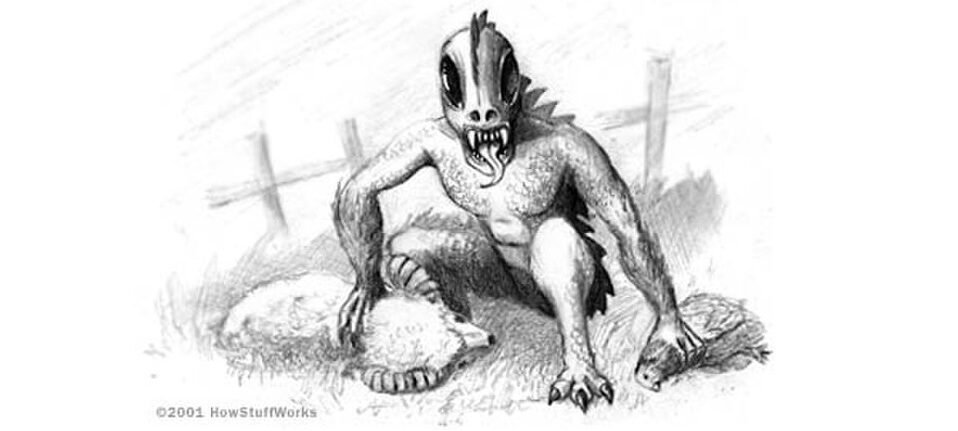
Mysteries surround us from every angle and Costa Rica has her fair share of the unexplained- our recent blog talked about local UFO lore, sharing a number of sensational encounters. Today let’s look at the creatures and apparitions which are said to haunt Costa Rican jungles and countryside. This is not the kind of article you want to be reading on a rainy, moonless night – that’s for sure!
EL CHUPACABRA (a blood-drinking creature)
The Famous Villain
El Chupacabra, known as the “goat sucker,” first gained notoriety in Puerto Rico in the mid-1990s. Witnesses described a strange creature attacking livestock, leaving behind bloodless bodies with puncture wounds in the neck. These eerie scenes sparked widespread fear and fascination.
Descriptions vary by region. In Puerto Rico and much of Latin America, the creature appears reptilian, with spines down its back and glowing red eyes. In the southwestern United States, sightings often resemble hairless, mange-ridden dogs. Despite global reports—from Chile to Russia—no physical evidence confirms its existence. Many experts attribute sightings to misidentified animals or urban legend
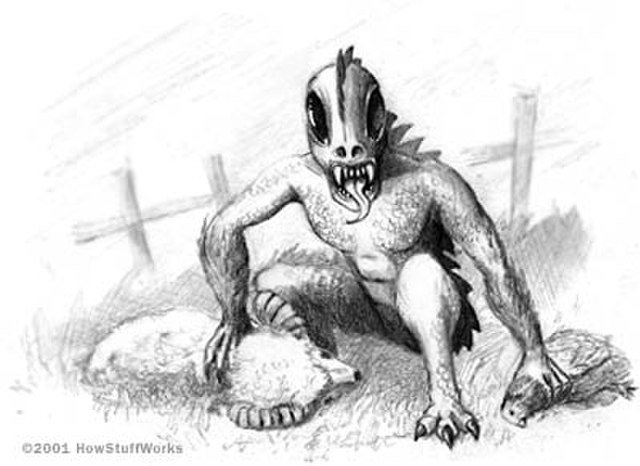
The short, 3-4 foot creature is said to be bulky, reptilian, with a grey-green scaly or leathery skin, sharp claws, huge eyes and a row of spines running across its back. The Chupacabra stands and moves is a way similar to a Kangaroo.
A History of Attacks
Initial attacks took place in Puerto Rico in 1975 when a wave of livestock deaths spread fear throughout most of the country. The attacks were initially blamed on satanic cults who were thought to drain livestock of all their blood, via small incisions, in the performance of satanic rituals but soon farmers and witnesses begun to describe the demonic creature. The sightings and attacks continued and really intensified into the mid-1990s when, in some instances, hundreds of animals were taken at a time – chickens, goats, dogs, ducks, and others perished at the hand of the Chupacabras, their precious blood drained form their bodies.
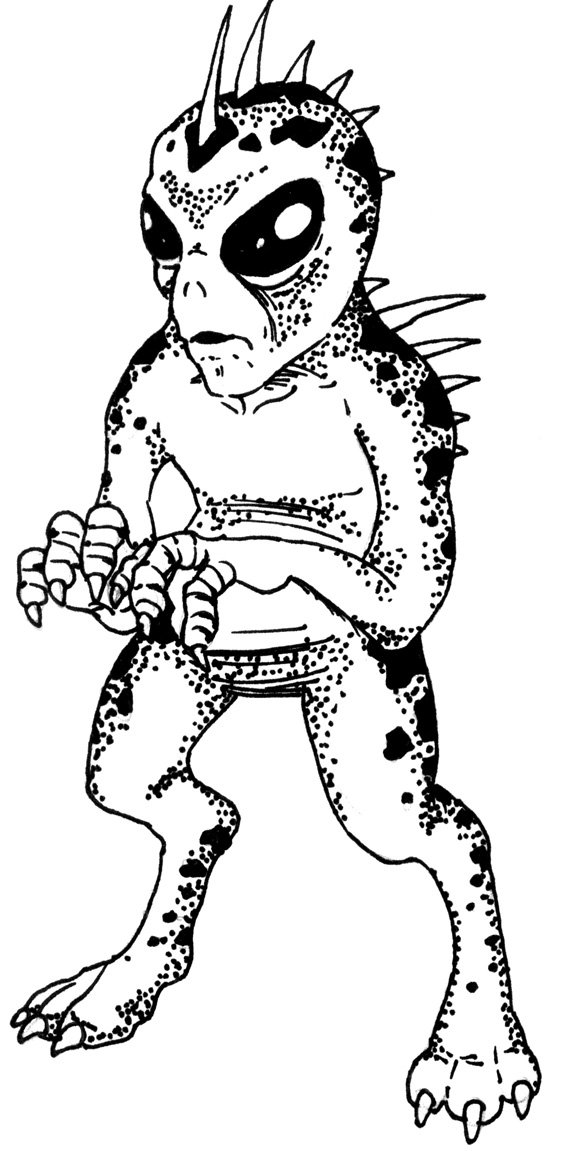
LA CEGUA (SEGUA / SIGUANABA) (a monster disguised as a beautiful woman)
Le Cegua is a shape-shifting spirit which haunts local roads and pathways, often appearing to drunkards or womanizers as a very pretty young woman with an oval face, large black eyes, long curly dark hair, and a beautiful mouth, with lips red as blood, with a divine voice that lulls like siren song, and a slender body with pronounced curves. But once she gains the trust of the men, she shape-shifts to reveal a rotting horse’s face.
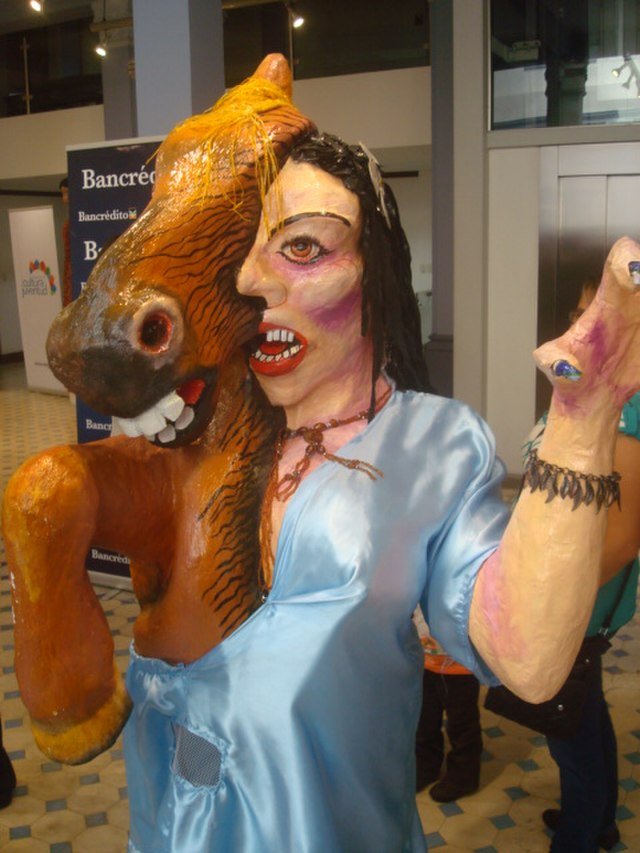
A Sad Story
Legend has it that, once upon a time, a young woman was excited to go to a party however was forbidden to do so by her mother. When she tried to hit her mother, her mother cursed her and thus condemned her to her fate. On the other hand some people swear that she is a demonic manifestation, maybe even the Devil itself.
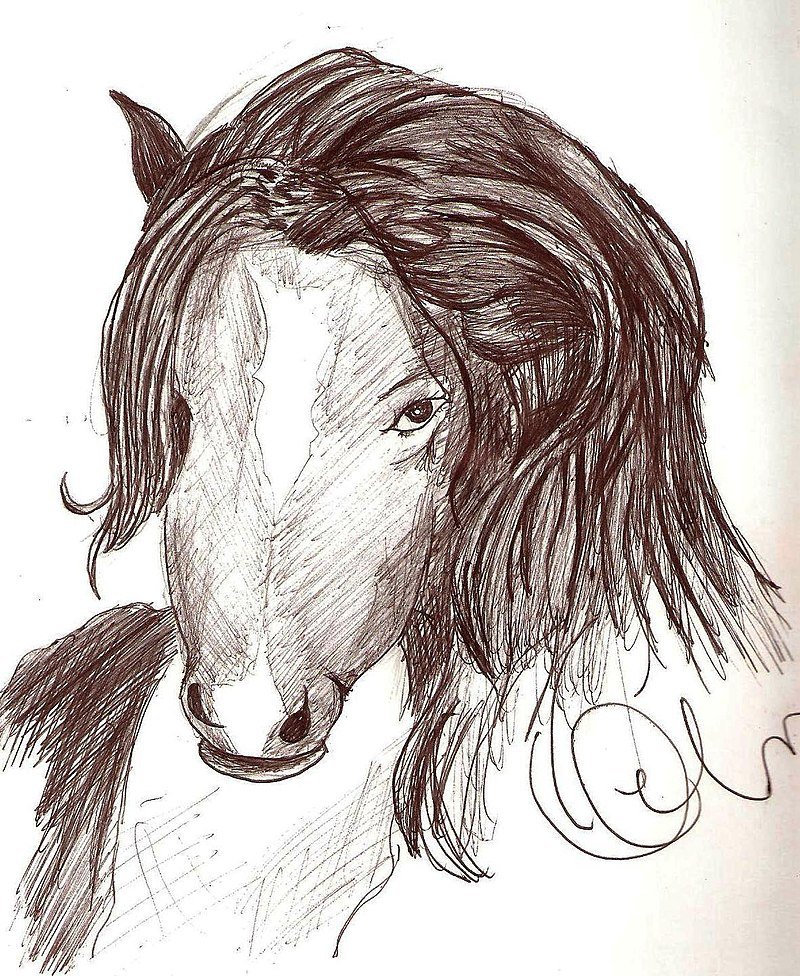
EL CADEJOS (spirit dogs)
Supernatural spirits which appear in the shapes of dogs – either an evil black dog or a helpful white dog. These dogs have blue eyes which turn red when attacking. The dogs appear to travelers at night – a White Cadejo protects the traveler from harm or danger while the Black Cadejo tries to harm or kill the traveler. The dogs appear as large, shaggy creatures – sometimes the size of a cow – with glowing blue or red eyes and goat hooves. They smell strongly of goat.
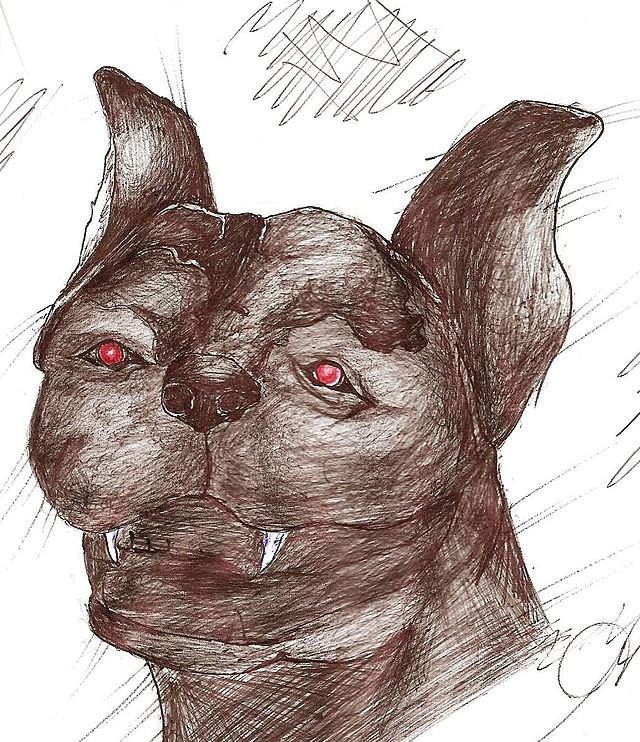
EL PIRATA SIN CABEZA (a headless pirate)
This apparition is very location specific, haunting the small Pacific Ocean town of Tivivez which lies about 20km south of Puntarenas. It is said that during midnight, when the moon is full, a headless pirate ghost wonders the beaches of Tivivez, emitting strange cries and haunting noises. A ghost ship appears in the month of October and sails down the nearby Jesús María River, where the headless pirate guards his buried treasure under a Guanacaste tree.
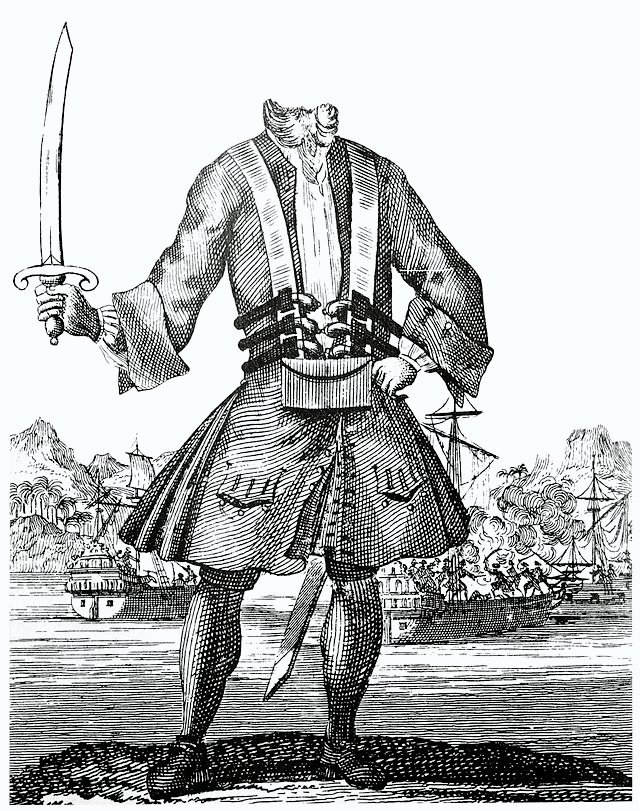
An Ageless Tale of Betrayal
This ghostly pirate tale from Tivives Beach drips with betrayal, curses, and supernatural vengeance. Pirates Bartolomé Sharp and William Dampier once terrorized Costa Rica’s coast together. But greed split the pair. Dampier arrived alone, carrying stolen treasure and a sinister companion—said to have a hyena’s heart and Satan for a father.
They buried the loot beneath a Guanacaste tree. Then Dampier turned on his ally, stabbing him to keep the secret. As the pirate died, he called to his infernal father. Satan answered, entered the corpse, and whispered “here.” Dampier severed the head, but the body rose, still crying “here, here,” cursed to guard the treasure for eternity.
Locals say that on full moon nights, a ghost ship drifts silently to shore. The headless pirate stands beneath the tree, pointing and calling out—waiting for someone brave enough to dig. But beware: the treasure may glitter, but the curse never sleeps.
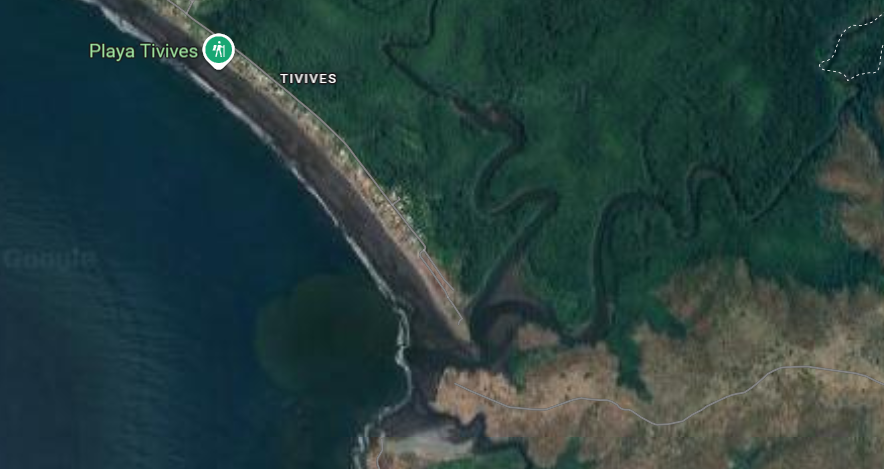
EL PADRE SIN CABEZA (a headless priest)
Our second ‘headless’ apparition is that of a beheaded priest. While many explanations abound, this spiritual phenomenon has its likely beginning in the times of Spanish colonization when Catholic priests and missionaries were often beheaded by indigenous peoples.
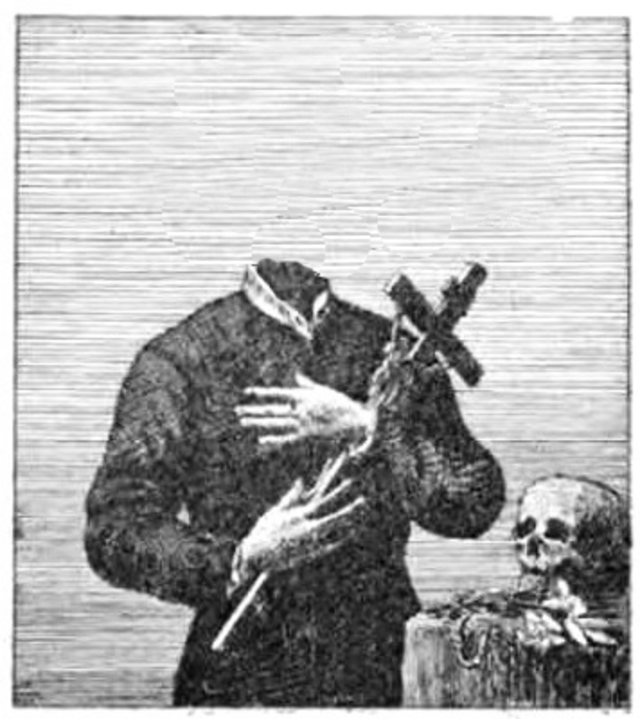
Regional Versions
Costa Rica holds two chilling tales of headless priests, each steeped in mystery and moral warning. In Alajuela, legend tells of Father Luis Francisco Pérez, a priest who won 40,000 gold coins in a gambling match. He traveled to Nicaragua to visit his brother and hide the treasure. But tragedy struck—someone decapitated him. His brother, stricken with grief, buried the coins and died soon after. Locals say the ghost of Father Pérez still guards the gold, haunting treasure hunters who dare to search.
In Patarrá, San José Province, another headless priest lurks around the church grounds. He hides in the shadows, waiting to frighten sinners into repentance. One story claims he attacked a man who arrived drunk at church, sending him fleeing in terror. These tales echo a broader Central American myth: spirits of fallen clergy roam the earth, warning those who stray from sacred paths.
LA TULEVIEJA / LLORANA (old woman looking for her child)
La Tulevieja appears in many forms across Latin America, blending indigenous spirits with colonial legends. One well-known version tells of a beautiful young woman who bore a child through an affair with a local man. Fearing shame, she abandoned or drowned the baby near a river. Her act triggered a divine curse.
She transformed into a monstrous figure—short, thick-bodied, with leaking breasts, tangled hair, wings, and backward bird legs. Ants trail behind her, drinking the milk that drips as she walks. She now roams riversides, searching endlessly for her lost child.
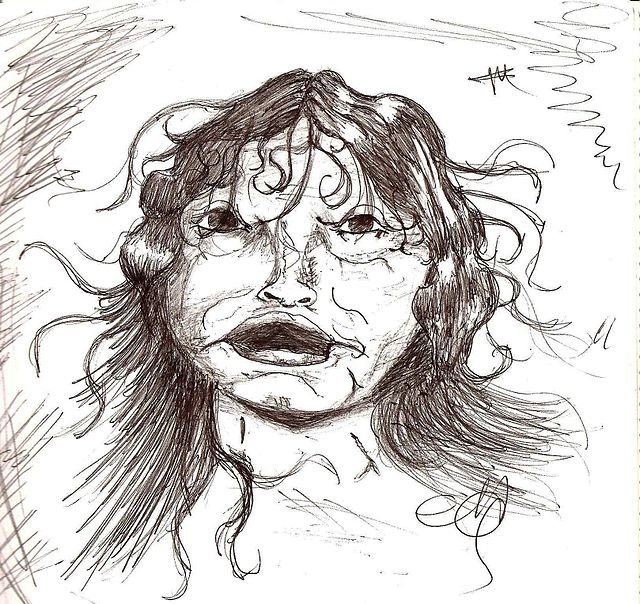
She stands short and thick, with tangled black hair and swollen breasts that drip milk onto the forest floor. Bird or bat-like wings stretch from her back, and her legs bend backward like those of a hunting raptor. Ants swarm behind her, drawn to the milk that trails wherever she walks. Her presence unsettles both animals and people.
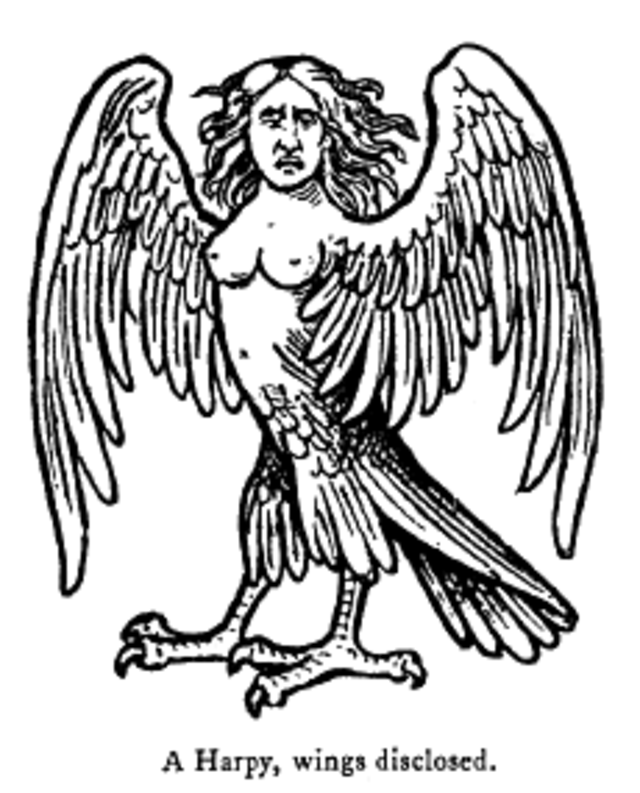
She may seek out babies to feed with her milk (sometimes stealing them), and at other times has been known to seek out and punish lustful or unfaithful men.
La Llorona is a similar figure with a similar story, although she is more often presented as a still-beautiful woman, crying and weeping near bodies of water or still looking for her lost baby.
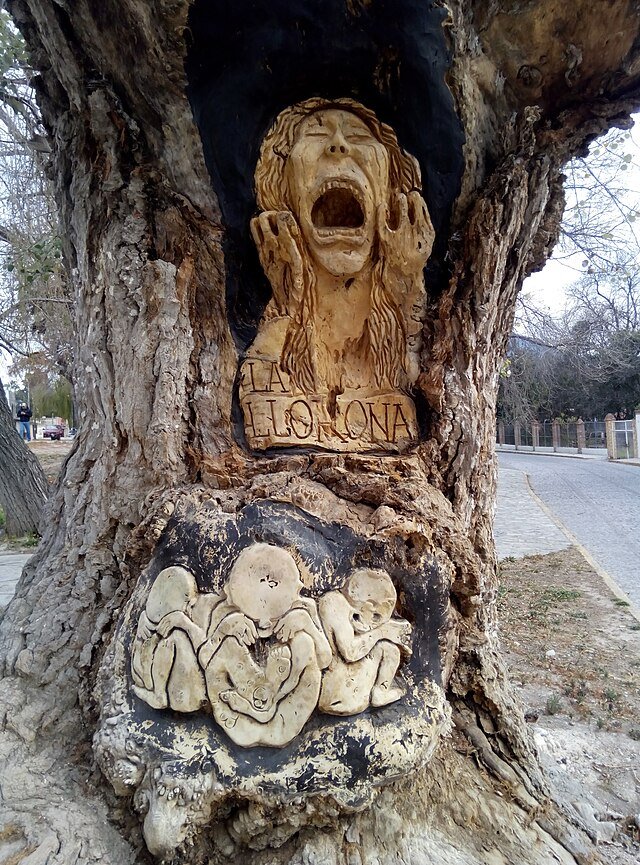
EL DUENDE (a goblin-like entity)
These goblin-like beings, often called duendes in Costa Rica, appear in both indigenous and Spanish traditions. Indigenous groups saw them as forest guardians—spirits that protected sacred places, animals, and sometimes families. Spanish folklore brought similar figures, blending guardian roles with mischievous behavior. Over time, the two traditions merged, creating a rich tapestry of stories where duendes help, hinder, or simply confuse.
The consistency of these legends across cultures and centuries adds weight to their presence. Whether hiding tools, guiding children, or vanishing into the trees, they remain deeply woven into Costa Rica’s spiritual landscape.
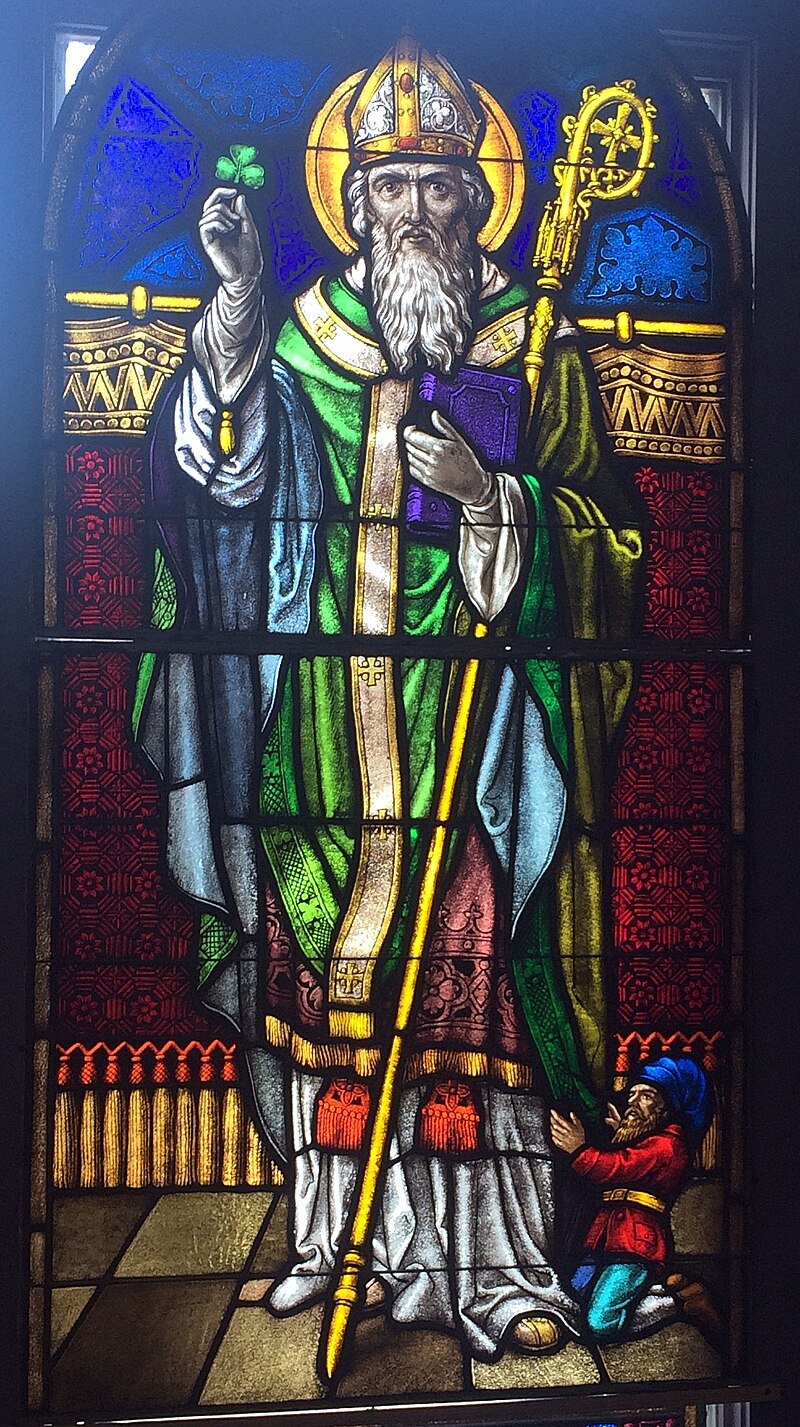
Sneaky Troublemakers
Goblins shift shape and temperament. Some act as guardians, tidying homes or shielding a favored family member. Others stir chaos—stealing children for play, leading wanderers astray, or tormenting households with invisible mischief.
They bang pots, snuff out fires, scatter trash, and unsettle pets. Families report strange spells, sudden illness, and eerie sounds in the night. These tales, passed down through generations, reflect a deep belief in spirits that blur the line between protector and trickster. Whether playful or perilous, duendes remain a vivid part of Costa Rica’s living folklore.
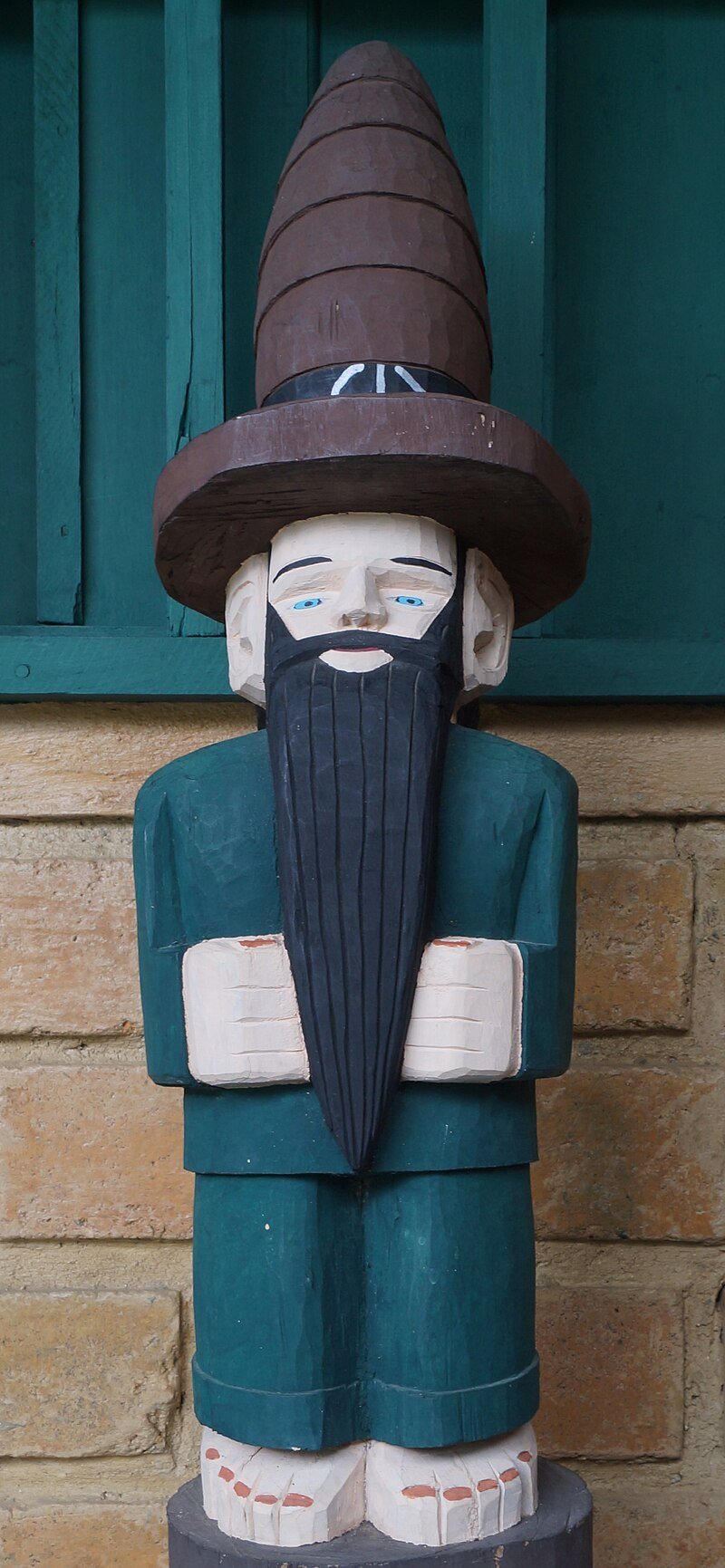
Costa Rican Goblers
Costa Rican goblins, often called duendes, stand about half a meter tall and wear flamboyant clothing in vivid colors. Their pointed ears and long beards echo European gnomes, elves, and trolls, though their behavior leans more mischievous than malevolent. What sets them apart are their rooster-like legs—attached backward—which leave misleading footprints and make tracking them nearly impossible.
Local lore paints them as fallen angels who once followed the Devil but repented at Heaven’s gates. Denied entry, they now wander Earth, caught between divine grace and eternal exile. This liminal existence fuels their trickster nature, blending spiritual symbolism with playful chaos.
Spooky apparitions wondering the jungles, riverbanks, churches, dark country roads and beaches are the stuff of legends, and add to the rich tapestry of the wonderful Costa Rica! RE/MAX WE SELL PARADISE is your trusted real estate partner in this land of wonder and mystery – browse the hot listings in our area and, when ready, give us a call – we are patiently waiting!



